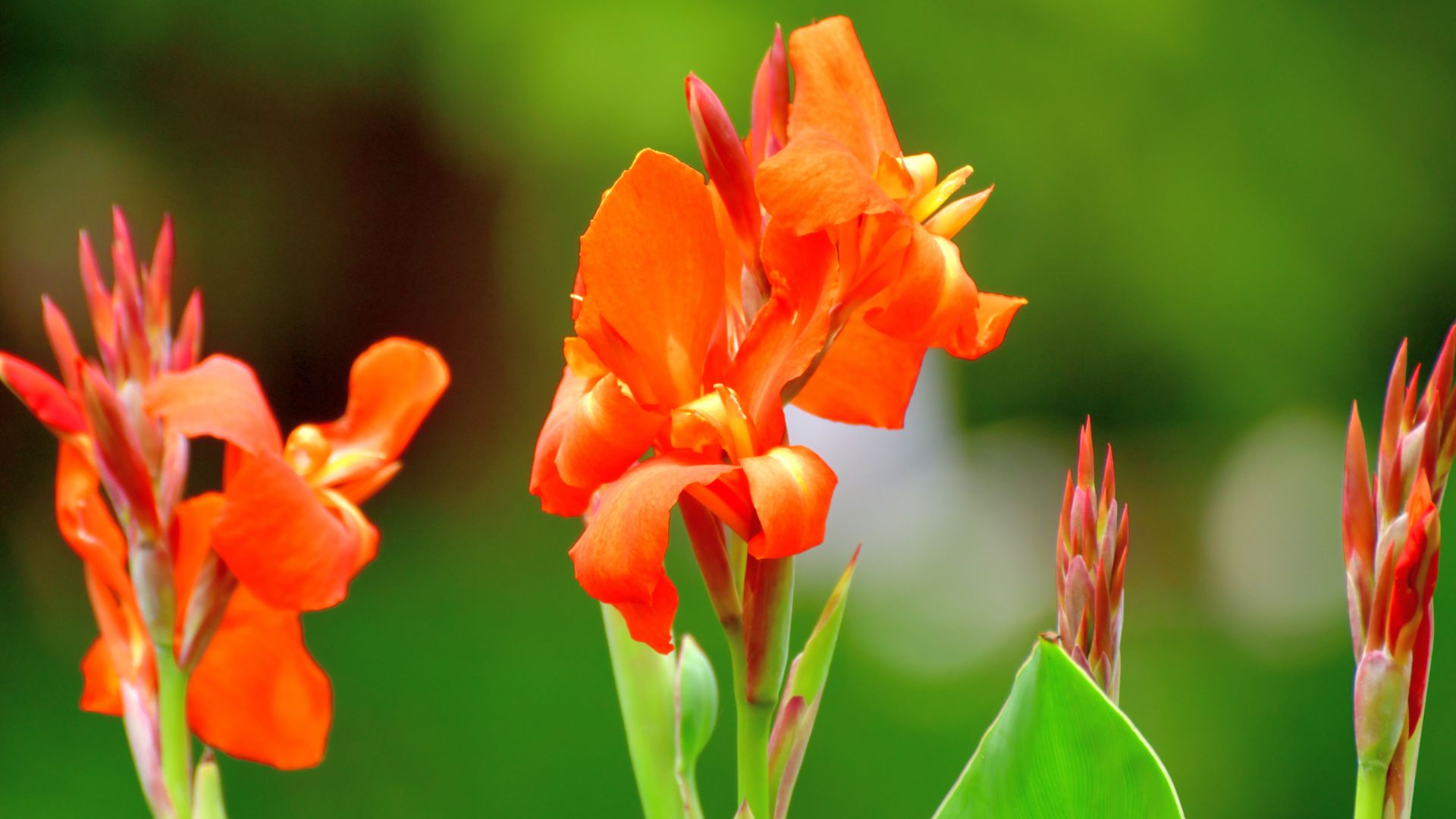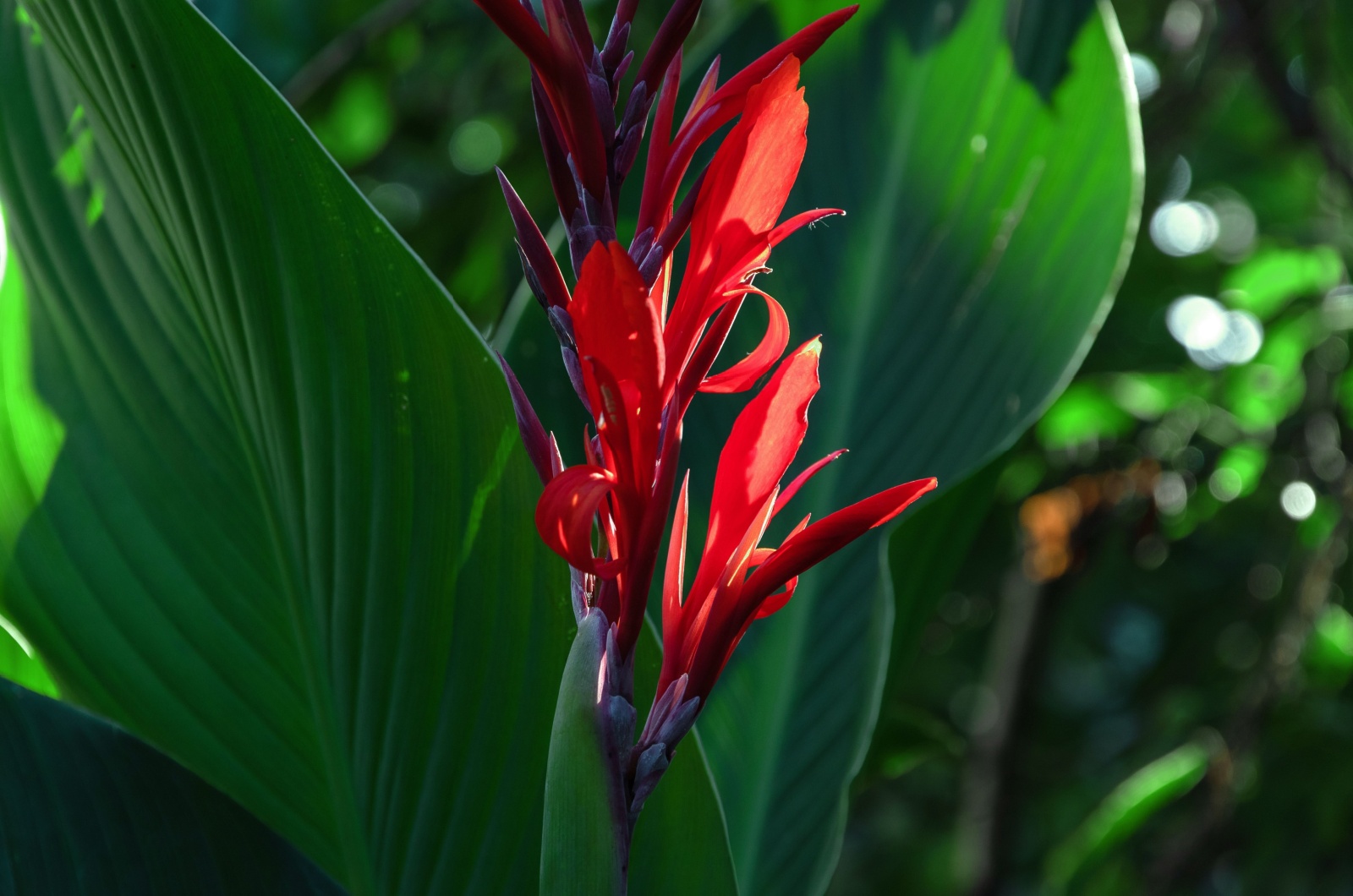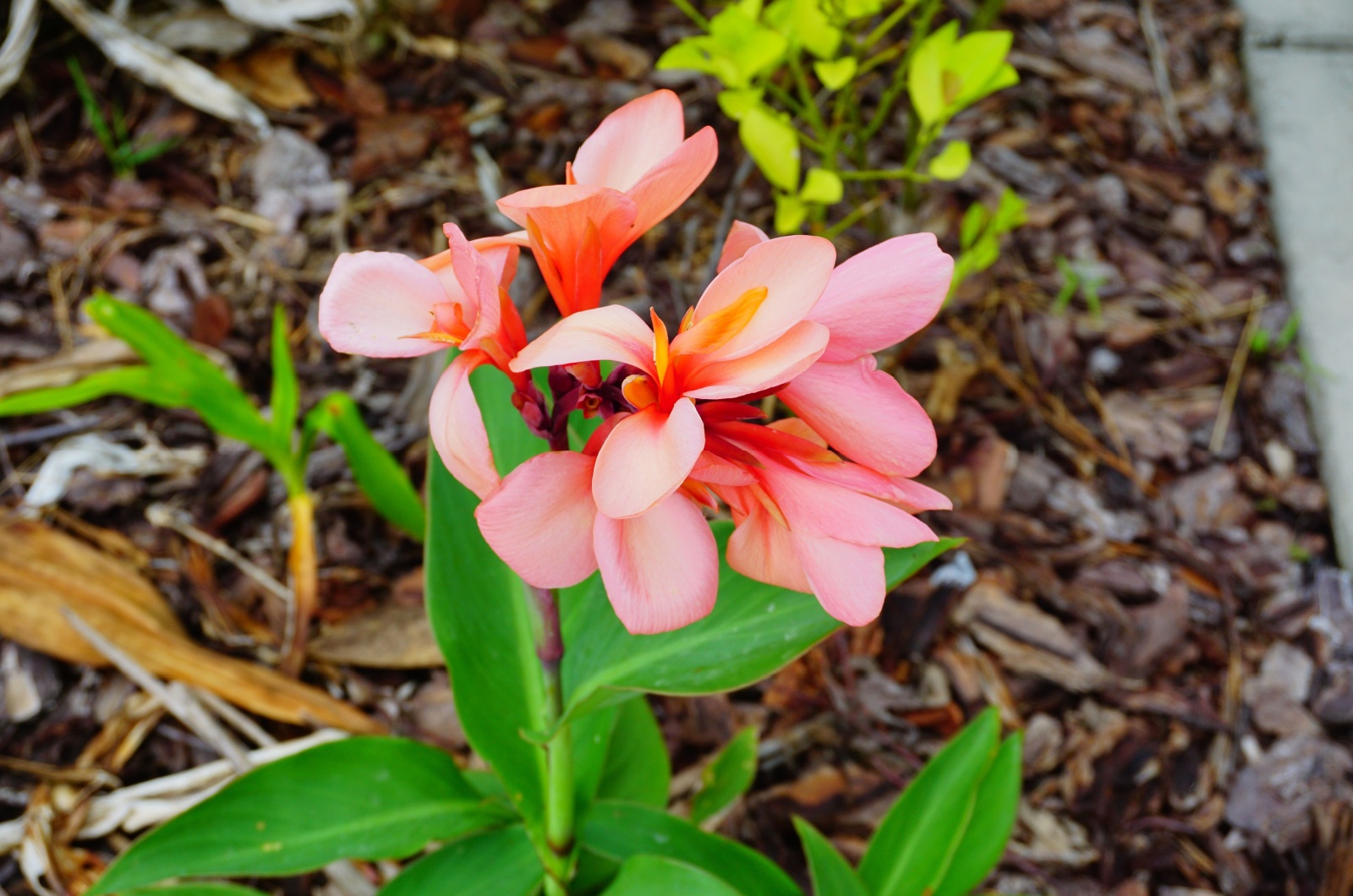You often see calla lilies, aka Zantedeschia spp, at weddings and similar recceptions.
These beauties, with their pure white, radiant burgundy, soft lilac, or rich gold tubular blossoms, can brighten any room for almost two weeks when cut. In the garden, they stick around for nearly a month, making them a must-plant bulb for stunning summer displays.
I’ve always loved having calla lilies in my garden. Their elegance and variety of colors make them a true delight. However, like all good things, their beauty eventually fades.
Calla lilies tend to hang on to their spent flowers, eventually looking a bit worn down. Well, that’s where deadheading comes in!
Removing spent flowers will keep your precious flowers looking nice and tidy. It can also prevent your calla lilies from wasting energy on seed production, which can actually cause them to topple over.
Deadheading isn’t rocket science, but it’s essential to follow the right steps. Here’s how I deadhead my calla lilies and keep them healthy in the summer..
It’s All Comes Down To Deadheading
Clipping calla lilies for a vase and deadheading them in the garden are pretty similar, but it’s all about timing.
For bouquets, you cut the flowers just as they’re opening.
For deadheading, wait until they start to discolor, droop, or curl inward.
Some varieties might even turn green or brown as they prepare for fall dormancy. Remember, you don’t want these beauties to go to seed.
Speaking from experience, some calla varieties like Zantedeschia aethiopica can irritate your skin, so it’s smart to wear gloves (trust me, it’s better than dealing with a rash later on).
Grab a pair of sharp shears, squat down to the base of the spent flower’s stalk, and snip it clean.
If you don’t have shears (though I doubt this), you can pull out the stalk by hand – just be careful not to damage the nearby new buds or leaves. This might even help prolong the blooming period (more flowers, yay!).
While it’s okay to trim back any yellowing leaves, I would suggest you keep watering and fertilizing the rest of the plant until it naturally withers as temperatures drop because this can boost the plant’s vigor and help it store up energy for next season, making sure you get strong, healthy rhizomes for many years to come!
This might be helpful: Here Are The Pro Tips That Will Make Your Canna Lilies Thrive And Bloom Like Crazy
Though You Should Also Strike That Water-Light Balance
Deadheading is not all you need to worry about when growing canna lilies in the summer – you also have to consider their watering and light needs. But before we start, you should know what variety you are growing.
Although calla or arum lilies include eight species, they’re usually grouped into two main categories:
• Larger, white-flowered Zantedeschia aethiopica (which can be invasive in California)
• Colorful Zantedeschia hybrida varieties (which are surprisingly easy to care for compared to their tropical cousins!)
But here’s the deal: their needs are quite different from each other.
I’ve learned that while these summer bulbs love bright light, their flowering performance can actually suffer if it gets too hot.
For hybrids, the ideal temperatures are below 75 degrees Fahrenheit during the day and 65 degrees at night.
For the white cannas, aim for below 70 degrees during the day and 60 at night to get the best bloom colors.
So, they’re happiest in moderately sunny spots (four to six hours of light) or partially shaded areas (two to four hours). Pair them with ferns and hostas for a stunning summer display or mix them with early and late bloomers for continuous color.
If you’re growing them as houseplants, keep them in indirect or bright natural light. The aethiopica species love bog gardens, rain gardens, or ponds, thriving alongside plants like elephant ears and gunneras.
However, the colorful hybrids don’t do well in such wet conditions, leading to poor blooms. So, choose your canna lilies wisely and make sure you take good care of them during summer!
Also read; These Are The 4 Prettiest Types Of Lilies That Will Bloom In Your Garden All Summer Long



